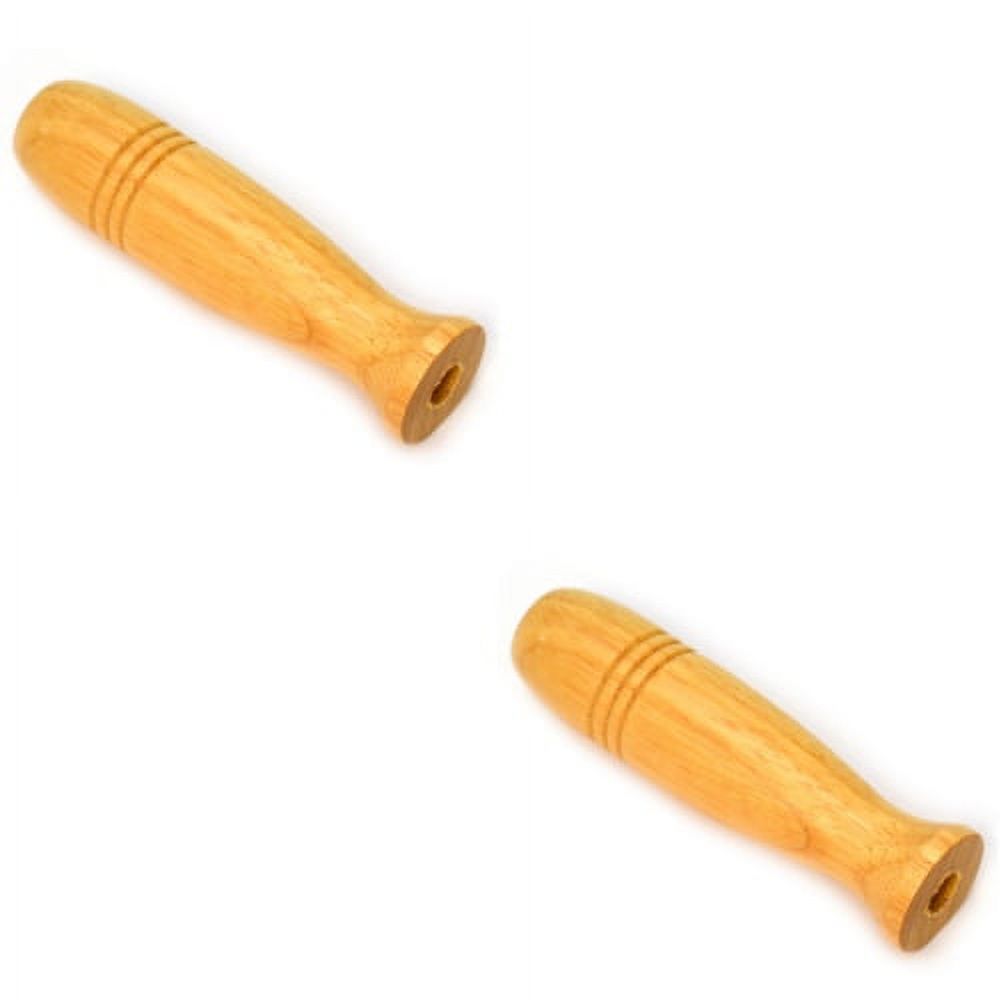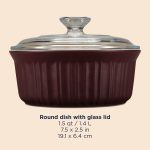Introduction
rolling pin substitute – When it comes to baking and pastry-making, having the right tools can make all the difference. A rolling pin is a staple for flattening and shaping dough, but what if you find yourself without one? Fear not! There are several creative substitutes that can work just as effectively, allowing you to continue with your culinary creations.
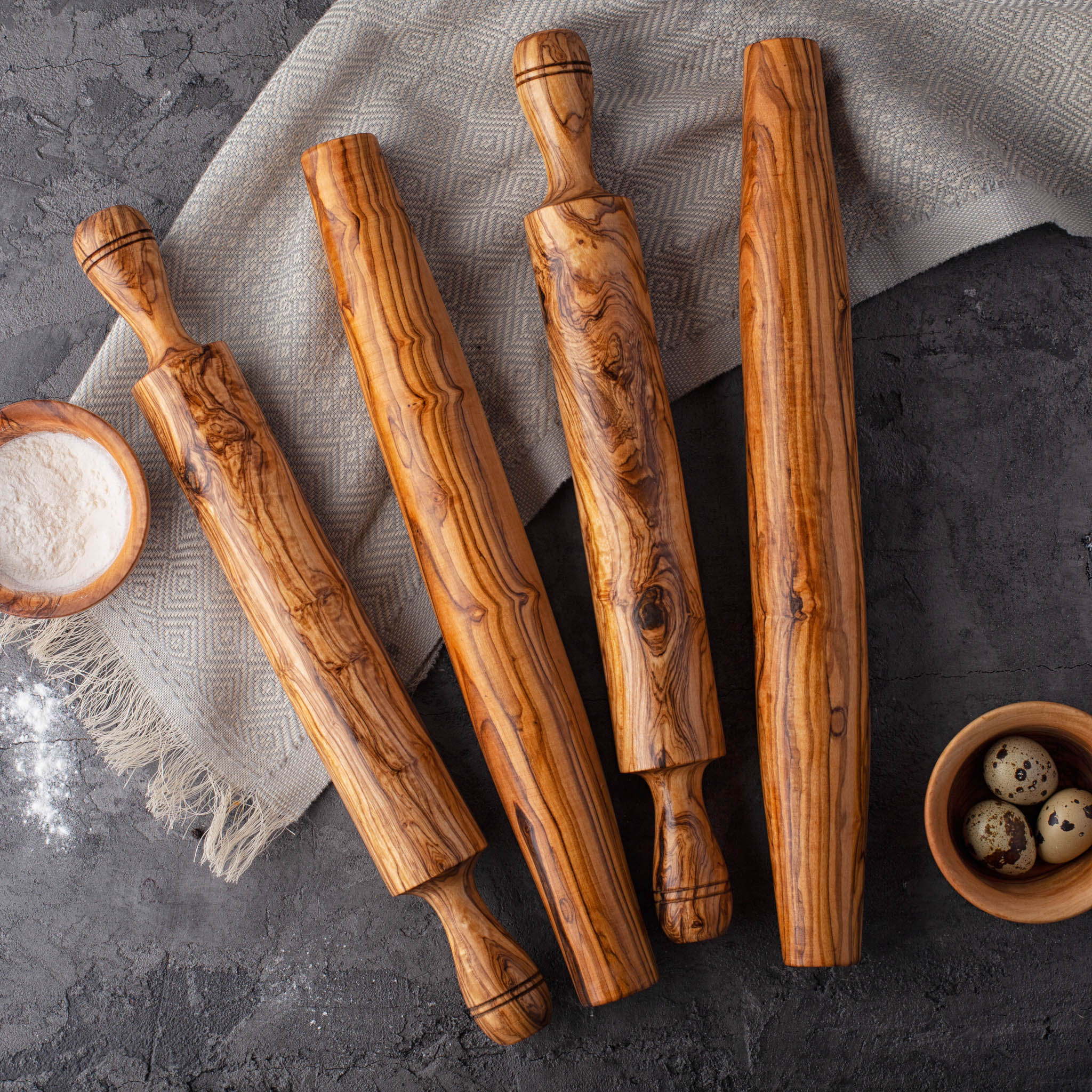
Wine Bottle
A wine bottle can serve as an excellent substitute for a rolling pin. Choose a clean, smooth bottle with straight sides. The weight and shape make it ideal for rolling out dough evenly. Ensure the bottle is empty and clean before use. Roll the bottle over the dough using firm, even pressure, starting from the center and working your way outwards.
Empty Glass Jar or Mug
If you don’t have a wine bottle, an empty glass jar or sturdy mug can also do the trick. Opt for one with a smooth, cylindrical shape and a flat base. Like the wine bottle, roll the jar or mug over the dough to flatten it. Adjust the pressure as needed to achieve the desired thickness.
Cylindrical Can
A clean, empty cylindrical can, such as from canned vegetables or beans, can serve as another makeshift rolling pin. Choose one with smooth sides and edges. Hold the can horizontally and roll it over the dough. This method works well for smaller batches of dough or when precision in rolling is crucial.
Pasta or Noodle Maker
If you have a pasta or noodle maker, you can use it as a rolling pin substitute, especially for thinning dough to make pasta or noodles. Adjust the settings to the desired thickness and pass the dough through the machine’s rollers. This method not only rolls out the dough evenly but also helps achieve a consistent thickness for pasta making.
Bamboo Mat or Cutting Board
A bamboo mat or a sturdy cutting board can also be used for rolling dough, especially if it’s relatively soft and pliable. Place the dough on a lightly floured surface and press it flat with your hands. Then, use the bamboo mat or cutting board to roll out the dough by pressing down and rolling back and forth with firm, even strokes.
Your Hands
In some cases, using your hands may be the simplest and most effective method, especially for shaping smaller portions of dough. Flatten the dough ball with your palms, starting from the center and working outwards. Rotate the dough as you flatten it to maintain an even thickness. This method is particularly useful for making rustic-style flatbreads or tortillas.
Tips for Using Alternative Tools:
- Flour Generously: Ensure the surface and your substitute tool are lightly floured to prevent sticking.
- Adjust Pressure: Depending on the tool used, adjust the pressure applied to achieve the desired thickness and texture of the dough.
- Rotate and Flip: Rotate the dough regularly and flip it over to ensure even rolling and prevent sticking.
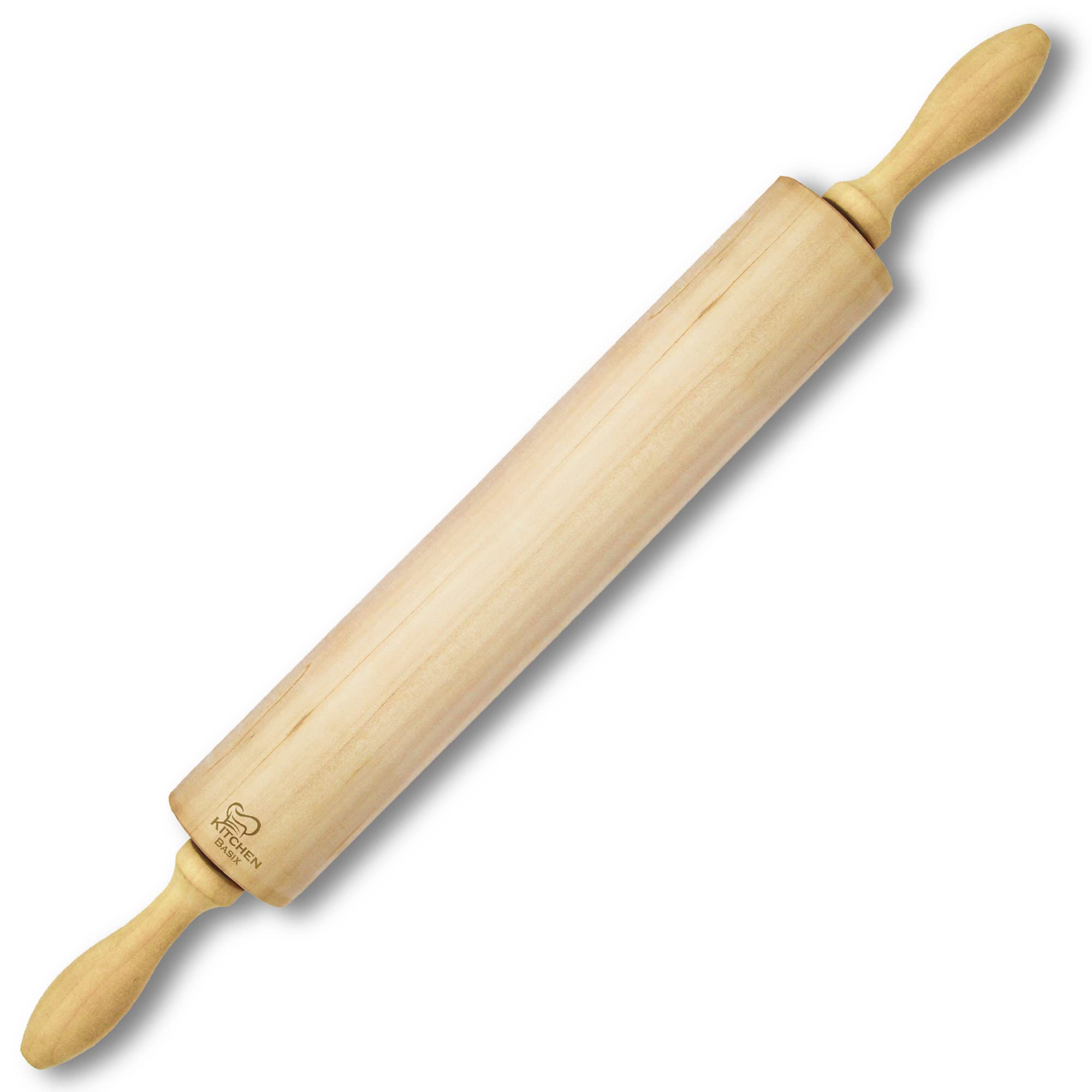
Wine Bottle
A clean, empty wine bottle makes for an elegant substitute. Its cylindrical shape mimics that of a rolling pin and provides even pressure across the dough. Ensure the bottle is dry and free of any labels or residue before use.
Clean Tin Can
Similarly, a clean, empty tin can with the label removed can work wonders. Choose a can that has a smooth edge and is wide enough to cover the dough adequately. This option is particularly handy if you’re working with smaller pieces of dough.
Soda or Water Bottle
Plastic soda or water bottles, when filled with water or sand for added weight, can serve as versatile rolling tools. The advantage here is that you can adjust the filling to get the desired pressure while rolling.
PVC Pipe
If you have some DIY skills, a section of PVC pipe cut to a comfortable length and sanded smooth can be an excellent permanent replacement for a rolling pin. It’s easy to clean and sanitize, making it a practical choice for regular use.
Glass Jar
A large glass jar, like a Mason jar or a jam jar, can be used in a pinch. Make sure the lid is removed, and the edges are smooth to avoid tearing the dough. Handle with care to avoid breakage.
Clean Hands
For a more hands-on approach, you can use your clean hands to press and flatten the dough. This method works well for more forgiving doughs like pie crusts or tortillas. Use the heel of your hand to gently press and stretch the dough, rotating it as you go to maintain an even thickness.
Potato Masher
An unconventional but effective tool, a potato masher with a flat surface can be used to roll out dough. Its broad, flat base can help achieve an even spread, though it may leave faint patterns on the dough.
Wrapped-Up Book
Wrap a thick, hardcover book in plastic wrap or a clean kitchen towel to protect the book and the dough. Choose a book with a flat spine for best results. This method is especially useful when camping or in other outdoor cooking scenarios.
Tips for Effective Dough Rolling:
- Flour is Your Friend: Regardless of the tool you choose, always dust your work surface and the rolling tool with flour to prevent sticking.
- Start from the Center: Begin rolling from the center of the dough outward, rotating it frequently to ensure even thickness.
- Light Pressure: Apply gentle, consistent pressure to avoid overworking the dough, which can lead to toughness.
- Chill the Dough: For some recipes, chilling the dough beforehand can make it easier to handle and roll out.
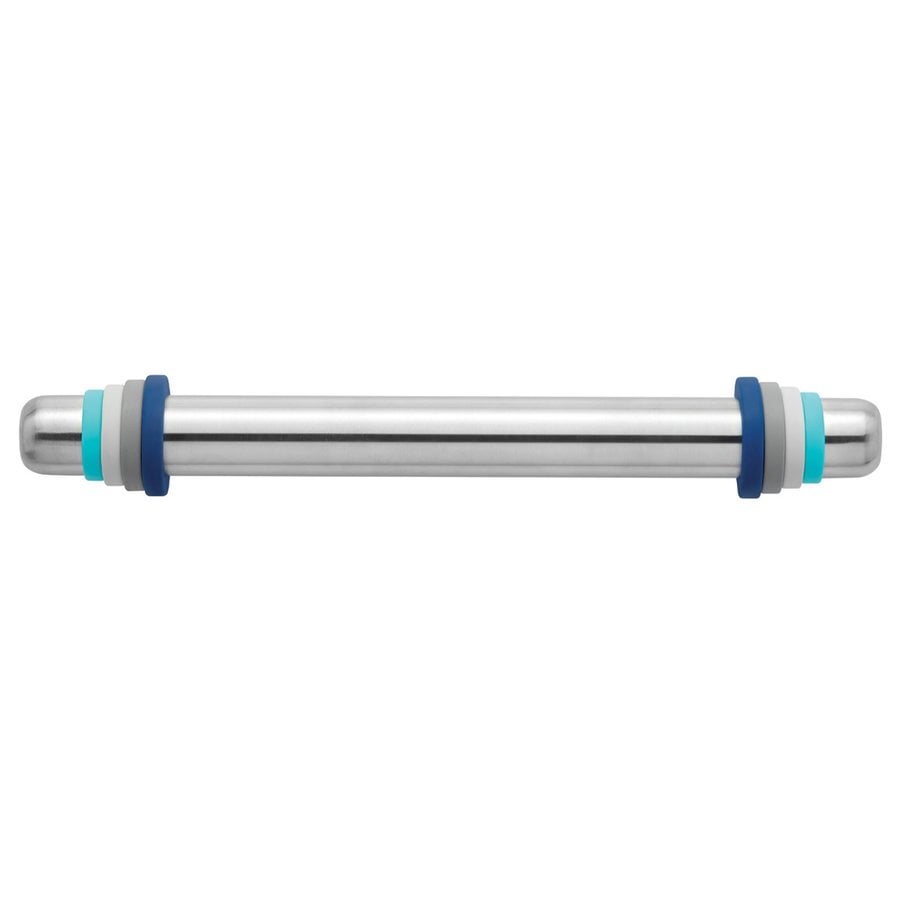
Silicone Baking Mat
If you have a silicone baking mat, you can use it as a surface for rolling out dough. Lightly flour the mat and place the dough on it. Use your hands or another flat, smooth object to press and roll the dough to the desired thickness. The silicone surface helps prevent sticking and makes cleanup easier.
Rolling Dowel
A wooden dowel or even a clean, smooth wooden broomstick handle can work as a makeshift rolling pin. Ensure the dowel or handle is clean and dry before use. Roll it over the dough with gentle pressure, gradually flattening it out to the desired thickness. This method works well for larger batches of dough.
Pizza Cutter
While typically used for cutting pizza, a pizza cutter with a smooth wheel can also serve as a rolling pin substitute. Use it to roll over the dough gently, starting from the center and working outward. This method works best for smaller batches of dough or when you need to flatten out dough quickly.
Pastry Brush Handle
The handle of a pastry brush, if smooth and clean, can be used similarly to a small rolling pin. Hold it horizontally and roll it over the dough to flatten it out evenly. This method is particularly handy for smaller pieces of dough or when precision in rolling is required.
Marble or Smooth Granite Surface
If you have a marble or smooth granite countertop, it can be used as a rolling surface. Lightly flour the surface and place the dough on it. Use your hands or a substitute tool to flatten and roll the dough. The cold surface can help keep the dough cool, which is beneficial for certain types of pastry.
Plastic Wrap and a Flat Pan
For very thin dough or delicate pastry, you can place the dough between two sheets of plastic wrap. Use a flat-bottomed pan or skillet to gently press and roll the dough to the desired thickness. This method helps prevent sticking and allows for precise control over the thickness of the dough.
Conclusion
While a rolling pin is the traditional tool for rolling dough, these creative substitutes can be just as effective in a pinch. Whether you use a wine bottle, glass jar, can, or even your hands, the key is to apply even pressure and maintain control over the thickness of the dough. Experiment with these alternatives based on the type of dough you’re working with and the final product you aim to achieve. With a bit of creativity and resourcefulness, you can continue baking and cooking delicious treats without missing a beat.
